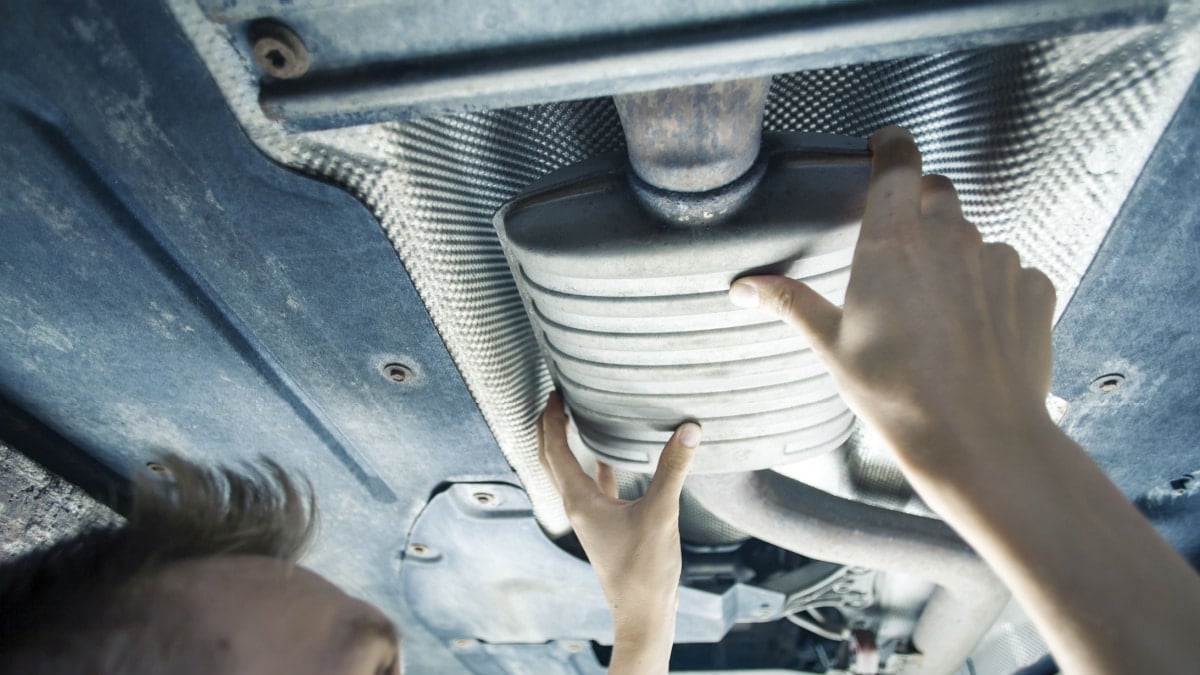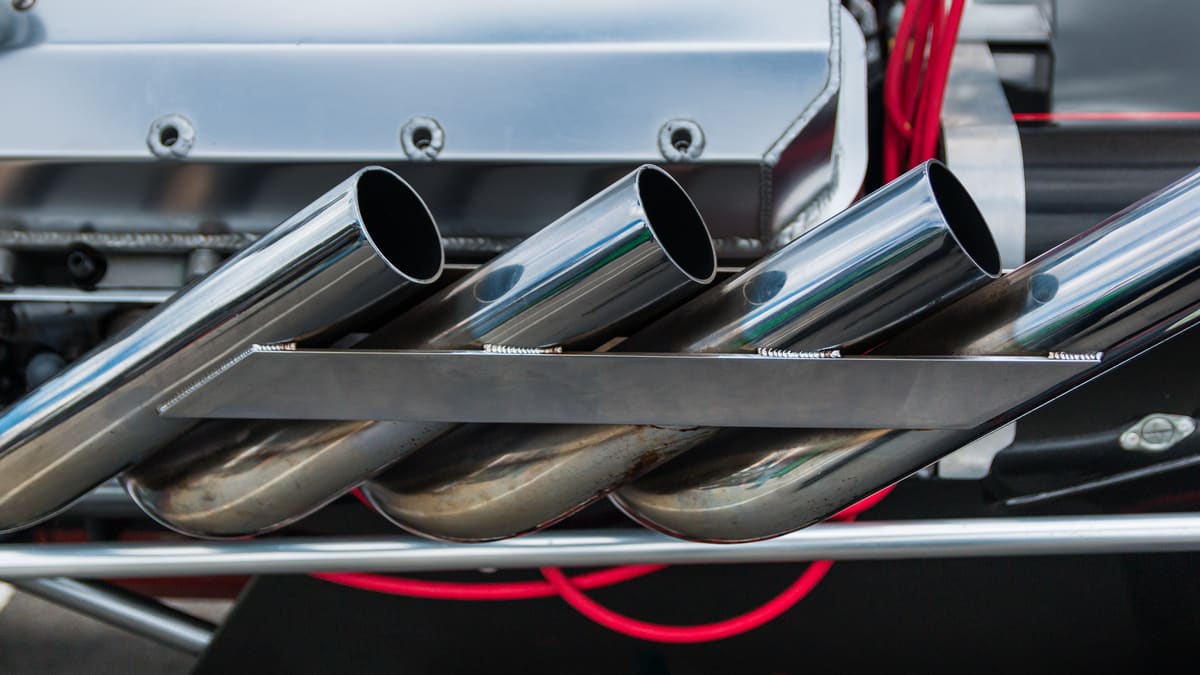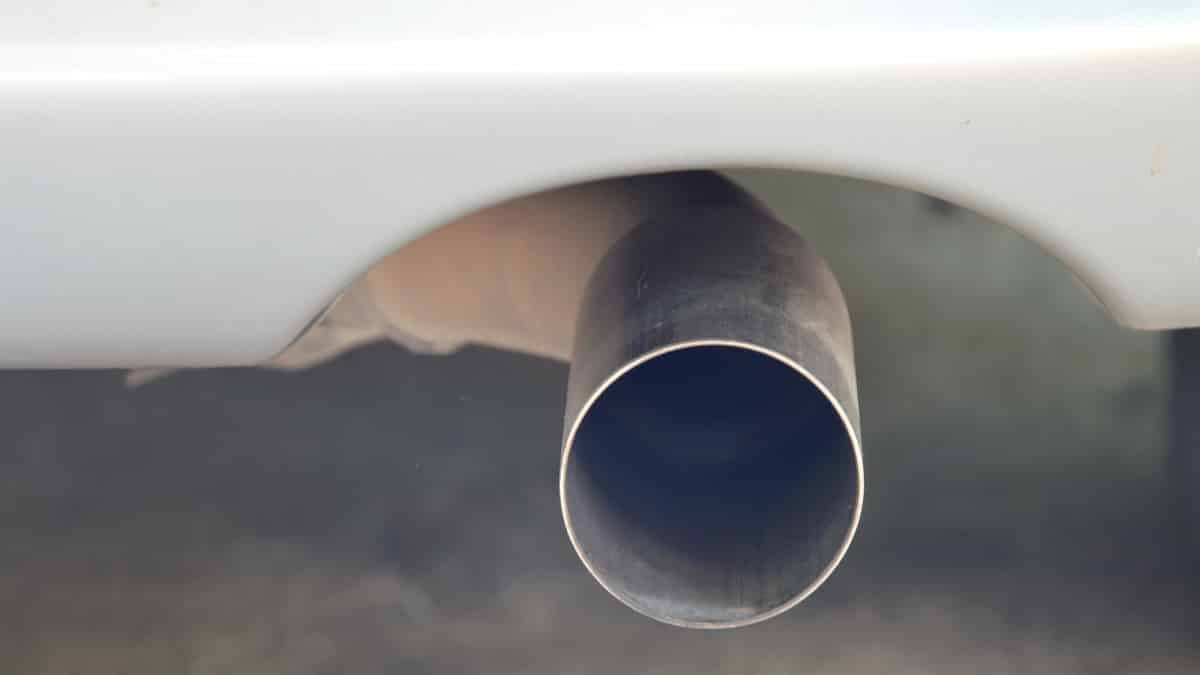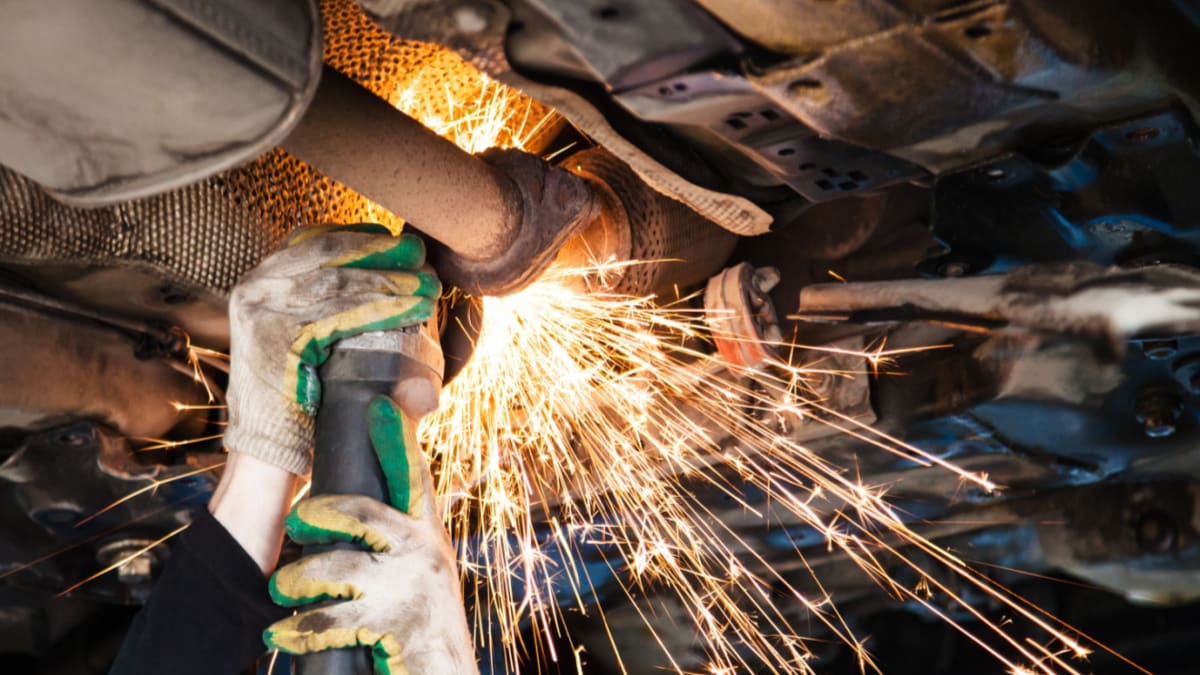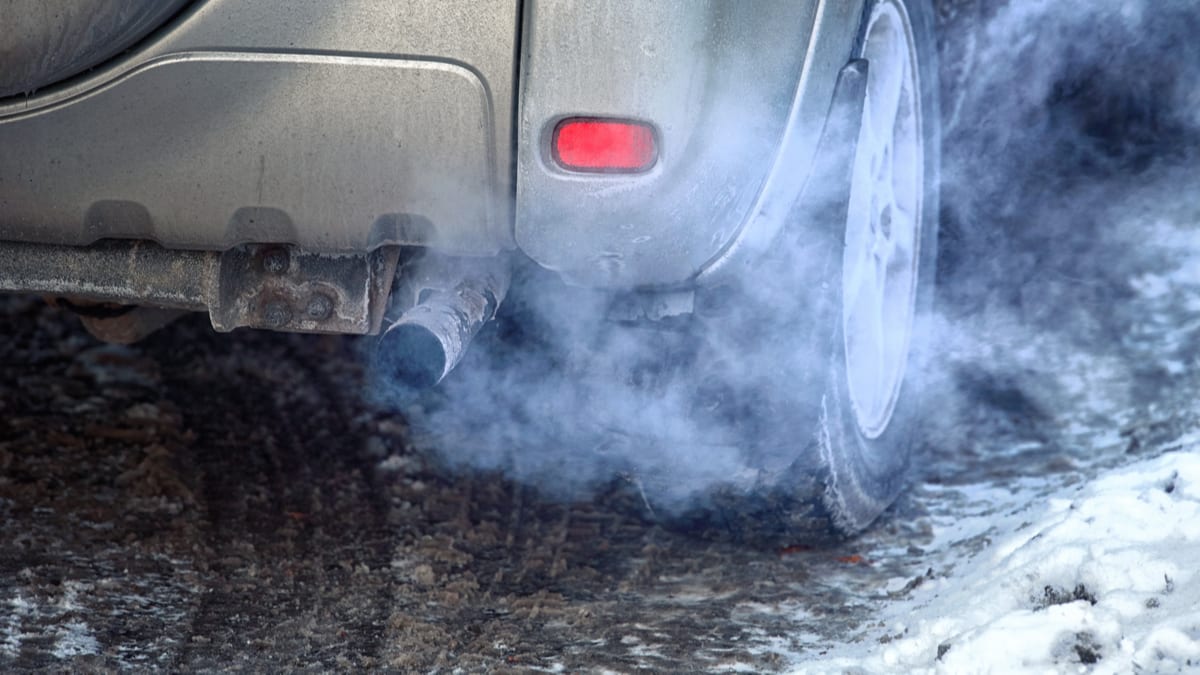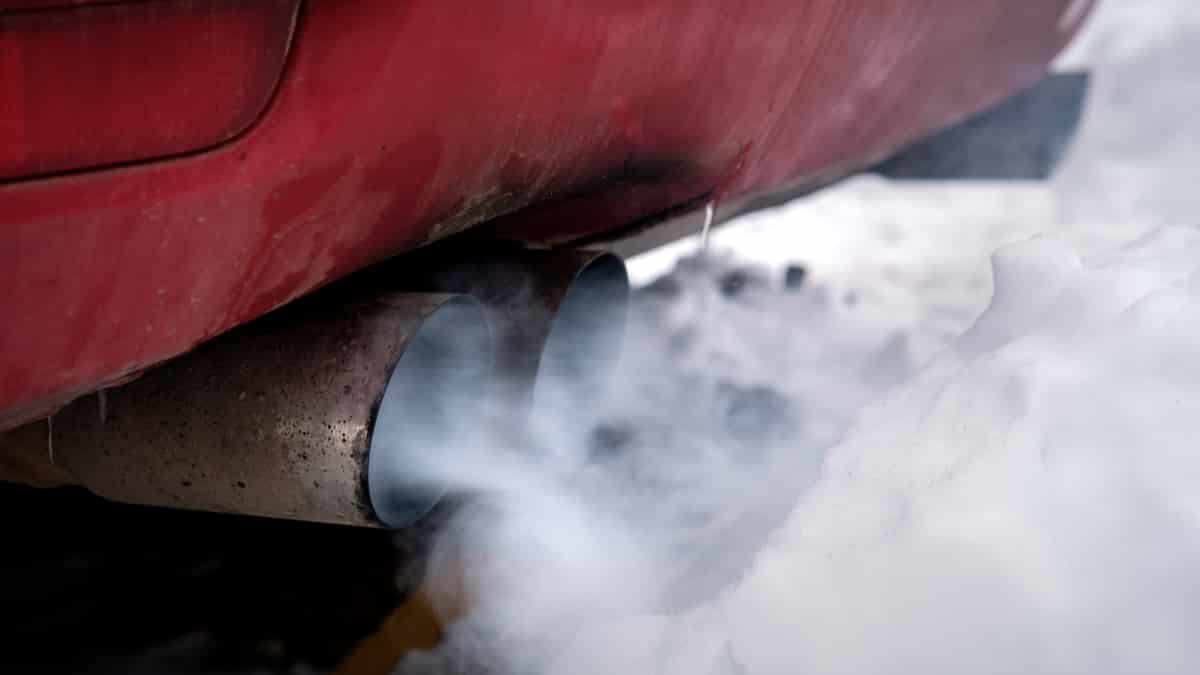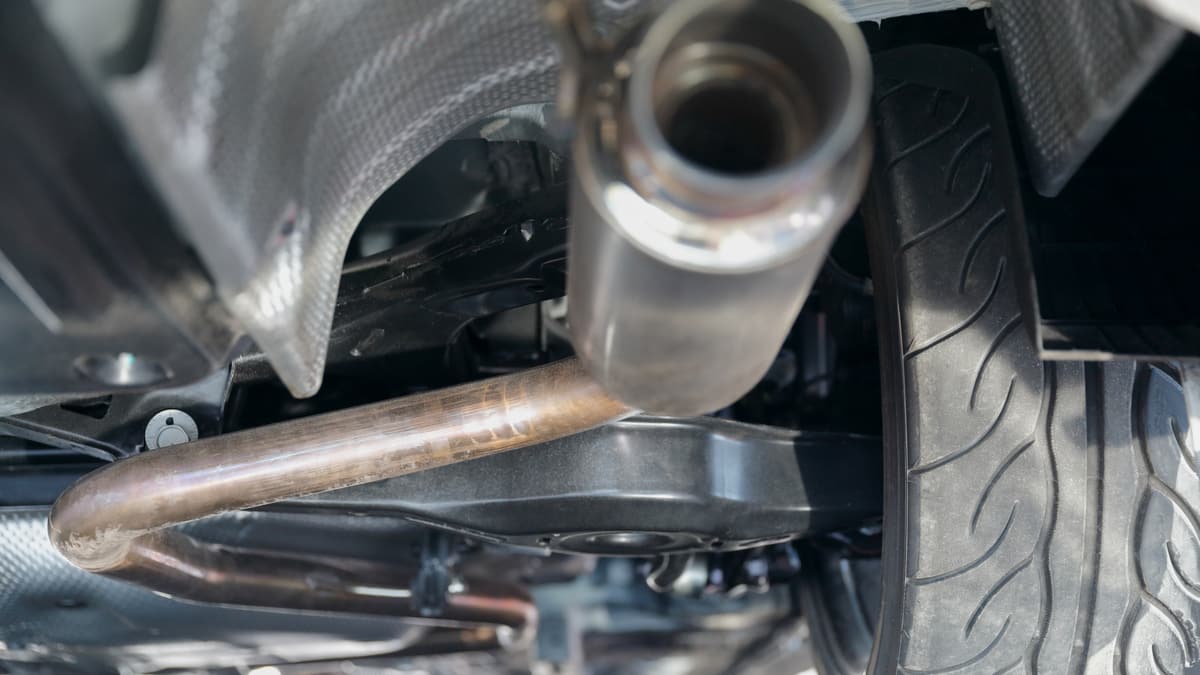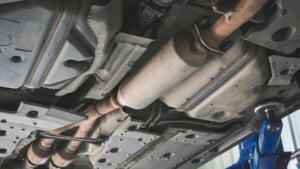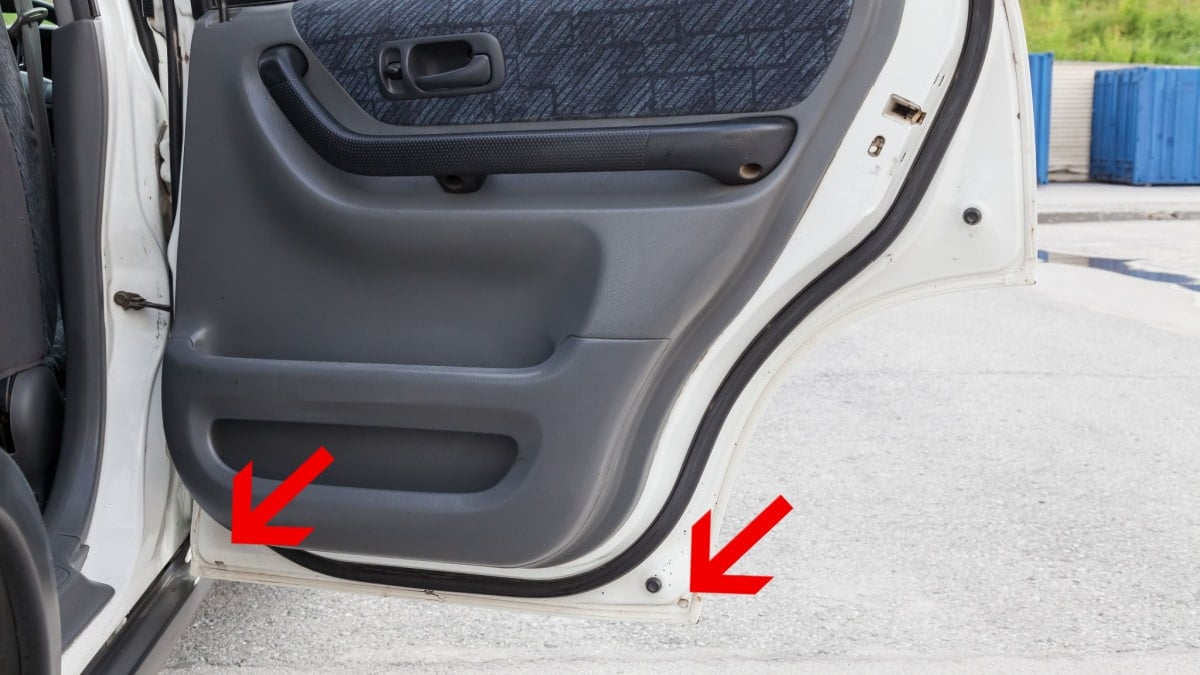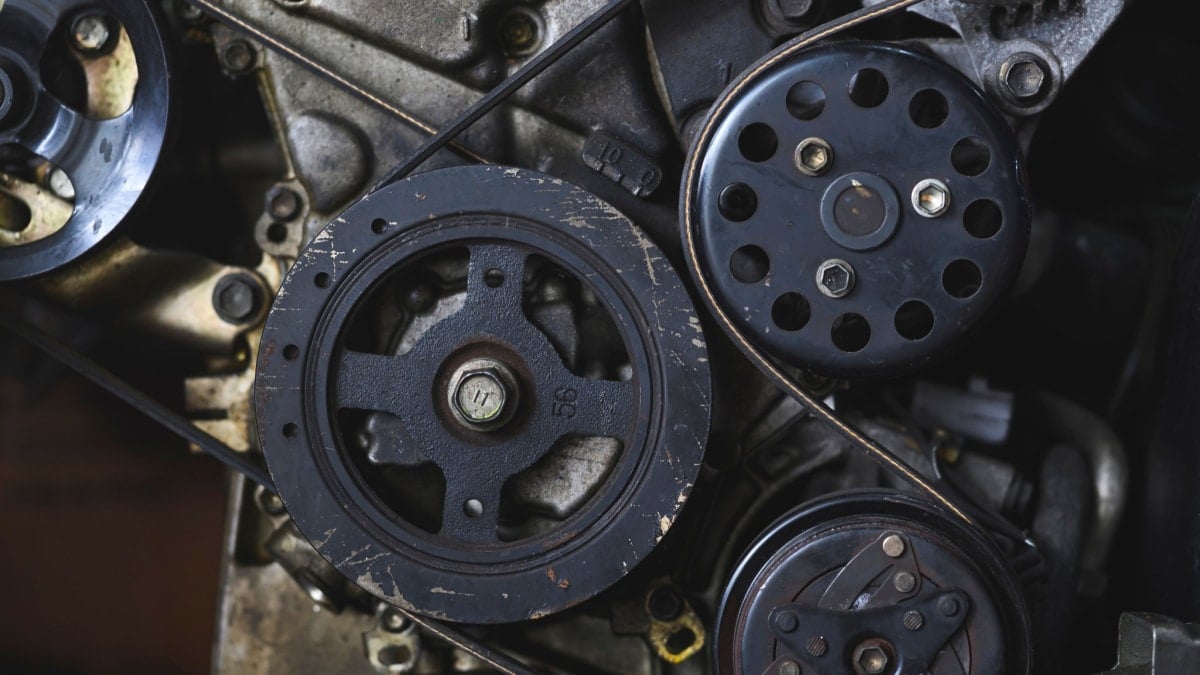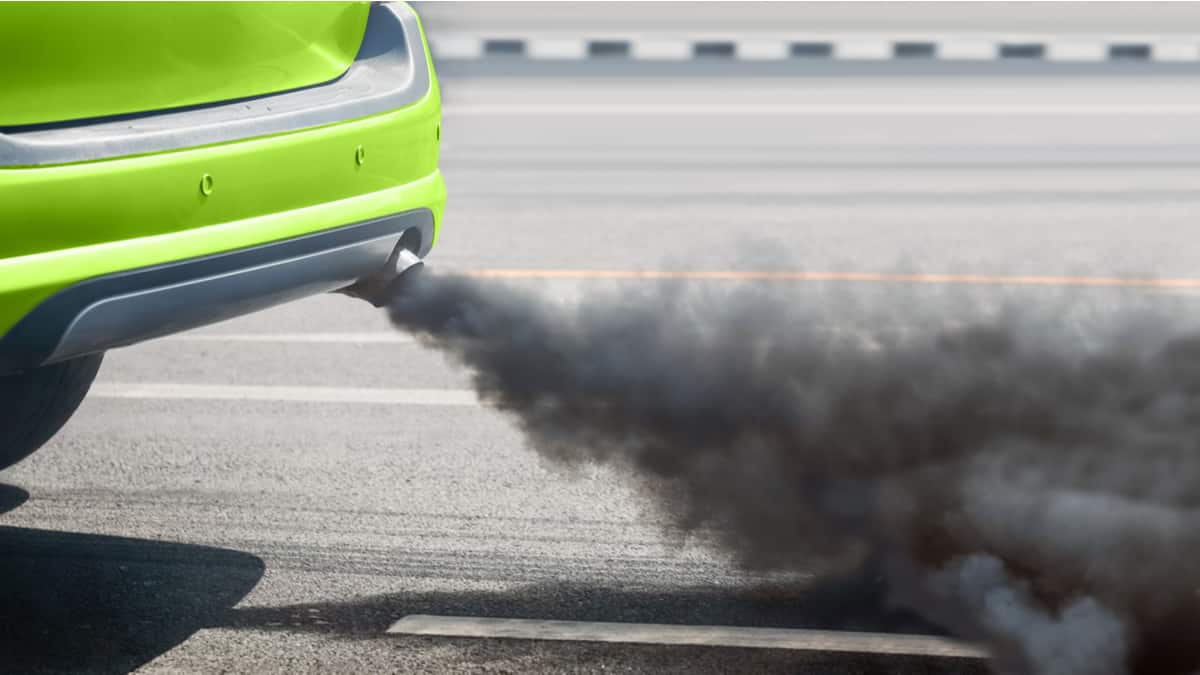If you’ve been searching online for ways to make your car sound more aggressive and loud, you may have come across the option to drill holes in the exhaust. At first, this may seem like a quick and easy solution. However, a deeper investigation reveals that it may not be wise to drill holes in the exhaust to make it louder.
In this guide, we discuss whether drilling the holes makes the exhaust louder and why you may not want to do it. We also give you some options that will increase the sound without causing problems. Finally, you will get answers to some questions that have been bothering you.
Can I Drill Holes In My Exhaust To Make It Louder?
Yes, there’s nothing stopping you physically from drilling holes in the exhaust and getting a louder sound from it. With holes present, the sound waves can escape before the muffler is able to silence them. However, drilling into the exhaust isn’t always a good idea, so we caution against it.
In our line of work, we’ve seen plenty of people drill into the exhaust and regret it later. For that reason, we advise you to do plenty of research before you decide it’s right for you.
Is Drilling Holes In Your Exhaust Bad?
It’s not wise to modify car parts in a way that they weren’t intended for. The exhaust system is designed to route gases away from the engine and disperse them into the atmosphere. When you alter that function, you change not only how the vehicle runs but also what’s getting put into our air.
Above all, when you make modifications to a component that can’t be repaired, you put yourself in a jam if you decide you don’t want it that way. After the holes are drilled, you can’t go backward. You would have to replace the parts that have been damaged or weld it, to restore the exhaust system. Of course, that’s just one of many reasons why you should avoid it. We have more.
Reasons Why You Should Not Drill Holes In Your Exhaust
We caution you against drilling holes in the exhaust because it can create a failed emissions test and it’s illegal in most parts of the country. Additionally, there’s a risk of fire, you may notice worse fuel economy and the Check Engine Light could come on.
Listen to our guidance in these areas.
1. Failed Emission Test
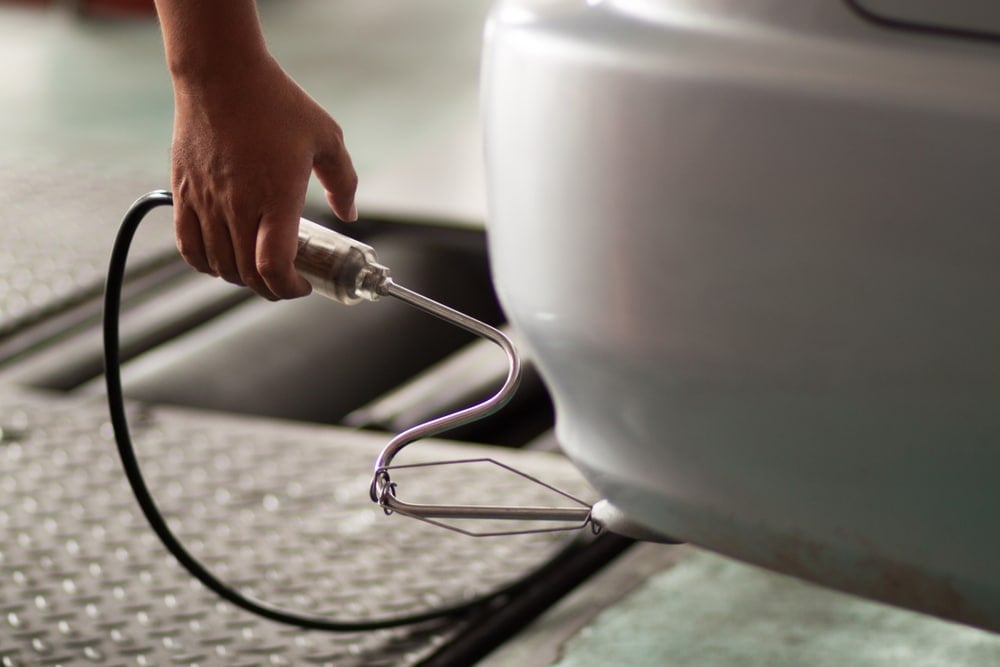
The Environment Protection Agency (EPA) has designed emissions testing to ensure that vehicles aren’t polluting the air more than necessary. The way that an exhaust is set up is designed to comply with these federal regulations.
If you drill holes before the catalytic converter, your car is probably going to fail emissions testing. With these holes, toxic gases seep out of the exhaust prior to the necessary conversion. The only way to comply with emissions testing and still drill holes is to do so after the catalytic converter and before the muffler.
If you live in an area that doesn’t require emissions testing, this point may not apply to you. However, you should still want to do your part for the environment. There’s no reason to add more pollution into the atmosphere than what’s already occurring.
2. Illegal

There are laws against drilling holes in your car muffler. To reduce noise pollution, the exhaust must be properly vented. After drilling holes in it, you create a much louder sound that could violate local ordinances.
It’s important to research all local laws before drilling anything in your exhaust. If you are violating the law, you could get a ticket or have your vehicle impounded.
3. Risk Of Fire

If the fuel flowing through the combustion chamber is not ignited properly, it will end up in the exhaust system. If these fumes and fuel ignite, it will cause a backfire in the exhaust. The exhaust fumes can infiltrate the cabin of the car once there are holes drilled. Not only can these fumes make you ill, but they are also putting you in danger of a car fire.
Once a fire happens to your car, it’s unlikely to be repaired. In most cases, the car will be totaled and sent to the junkyard. Not only that but there could be injuries or death resulting from the fire.
In 2021, around 174,000 highway vehicle fires were reported in the United States. You don’t want to contribute to these statistics.
4. Bad Fuel Economy (If Before O2 Sensors)

Any holes drilled before the oxygen sensor will lead to a bad reading. When the oxygen sensor notices an imbalance, more air or fuel could be injected into the combustion chamber, which leads to a rough-running situation.
Additionally, when the exhaust gases can’t flow normally out of the engine, it creates back pressure. This back pressure causes the engine to work harder, which means more fuel will be used. You may find yourself at the gas pump more frequently than normal.
If you didn’t know what was going on, you might assume that there was something wrong with the oxygen sensor since you will notice many of the same symptoms, but that’s not the case. In fact, this fault leads us right to the next concern.
5. Check Engine Light
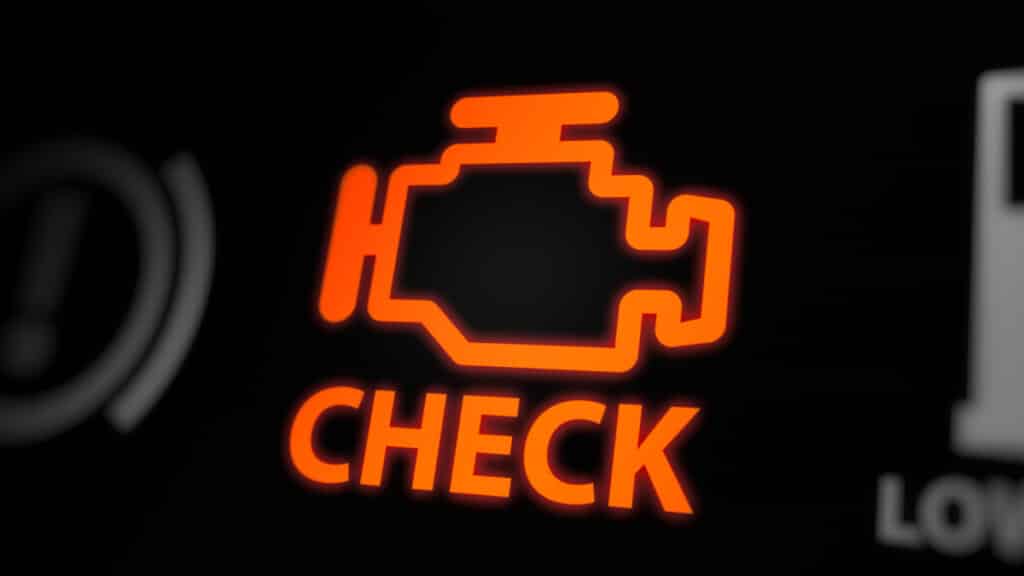
Now that there’s an imbalance of fuel and air going into the combustion chamber, the electronic control unit (ECU) is going to notice the fault. To get your attention, the system will trigger a Check Engine Light.
Most likely, the DTCs will be associated with the imbalance of air and fuel, likely related to the oxygen sensor readings. You can use our online trouble code library if you want to know more about these DTCs.
Some people choose to use dummy oxygen sensors to bypass this situation, but we don’t recommend that either. It’s best to keep the system working as it should, especially if your vehicle is subject to emissions testing.
What Can You Do Instead Of Drilling Holes To Make The Exhaust Louder?
There are plenty of ways to increase the sound of your exhaust without drilling any holes. We have a couple of ideas that we implemented on cars in the shop and recommend for yours too.
1. Add A Resonator Exhaust Tip
The resonator exhaust tip is a cheap and easy way to alter the exhaust sound a bit. It’s going to allow for a slightly louder sound to come out of the back of your vehicle without drilling any holes. The resonator tip is a hollow chamber that changes the way the sound waves vibrate. It’s not going to be as loud as the next option, but it’s legal in most areas, so you don’t have to worry about consequences.
Plus, the resonator tip is quickly installed onto the tailpipe. In some cases, you only need to screw it onto the exhaust tailpipe.
RELATED: Resonator Delete – Pros & Cons (and Average Cost)
2. Muffler Delete
The muffler delete requires you to remove this vital part from the exhaust system. Without the muffler, the noise is no longer reduced as it comes from the combustion chamber. What you are left with is a much louder noise as the gases escape.
Deleting the muffler is a cost-effective way to create a more aggressive sound. You remove the muffler by cutting it off of the car’s exhaust. Once it is off, you need to weld a pipe to the exhaust that replaces the muffler.
We’ve seen this method work well, with one strong warning. There are some laws that prohibit taking off the muffler. You want to read the regulations carefully. In some areas, you only need to have one suppression device, either the resonator or muffler.
RELATED: Muffler Vs. Resonator – Differences & Explanation
3. Cold Air Intake
One of the best ways to change the sound a little and receive some other benefits is to add a cold air intake. With a cold air intake, you get a more aggressive sound from the intake, although it won’t be nearly the increase of drilling in the exhaust or removing the muffler. However, on vehicles with a turbocharger equipped, you will get a louder whistling sound from the turbo with a cold air intake.
Yet, the cold air intake gives a boost to the performance of your vehicle. Because it pulls colder air into the engine, you should see a small increase in horsepower. Plus, it’s not expensive to install an aftermarket intake, and the process is generally pretty simple.
Learn more: 8 Ways To Make Your Car’s Exhaust Sound Louder
Does drilling holes in the exhaust tip make it louder?
You can drill holes in the exhaust tip to create a different sound. If you drill holes before the oxygen sensor in the exhaust, you will trigger the Check Engine Light and likely fail any emissions testing. It’s also possible that you would be breaking local noise ordinances.
How can you make your exhaust louder?
You can take off the muffler, install a different exhaust tip, remove the catalytic converter, put on a performance muffler, install a cold air intake or drill holes in the exhaust. Not all of these options are legal and some may cause your vehicle to fail an emissions test, so do some research first.
Can a hole in the exhaust use more fuel?
With an exhaust leak, the amount of pressure in the system will be changed. This fault can reduce fuel economy and may cause an increase in emissions. It can also cause a louder noise from the exhaust, which could break local noise ordinances. If the hole is located before the oxygen sensor, it can cause a wrong air-fuel mixture, which could increase fuel consumption.
Does a hole in the exhaust make the car slower?
The car engine runs its best when there’s no interruption to the flow of exhaust gas. With a leak, the exhaust pressure changes, leading to a decrease in acceleration and power. It also causes the motor to use more fuel and can lead to a failed emissions test.
There are many ways to get more noise out of your exhaust, but many people choose to drill holes in the exhaust. While we don’t recommend this, we understand why you would consider doing it. The holes will allow exhaust gas to escape, which turns into more noise. However, it also leads to several consequences you may not want to deal with.
If you need to take your vehicle for emissions testing, it’s best to avoid this practice. You also don’t want to deal with a Check Engine Light or reduced performance. Instead, try one of the other methods to change the sound. You may find that it creates a better tone anyway.
Categories: Exhaust
